Retro Replay Review
Gameplay
Hotel Giant places players in the shoes of a budding hotel manager tasked with transforming a modest lodging for business travelers into a bustling hospitality empire. Right from the start, the game offers an intuitive tutorial that demonstrates the core mechanics: building rooms, setting prices, hiring staff, and decorating public areas. Players quickly learn to balance room occupancy, amenity quality, and guest satisfaction in order to keep revenues flowing and bills paid.
As you expand your operations across up to 26 distinct hotel complexes, the gameplay deepens with scenario-based challenges. Some levels introduce tight budgets, seasonal demand fluctuations, or rival hoteliers attempting to poach your guests. These obstacles force you to think ahead—should you invest your limited funds in a spa to attract luxury clientele, or open a budget-friendly café to drive up occupancy during low season?
Beyond financial management, Hotel Giant excels in giving players creative control. You choose every element of your hotel’s design, from the color of the wallpaper to the placement of poolside loungers. This degree of customization encourages experimentation: a bright, modern lobby might boost your ratings among young professionals, while a classic art deco aesthetic can lure weekend getaway couples.
Micromanagement remains a constant theme. Staff morale, maintenance issues, and guest complaints can surface unpredictably, requiring quick adjustments to wages, maintenance budgets, or room prices. While some players may find this depth engaging, others may view it as tedious. Nonetheless, the challenge of optimizing every aspect of hotel operations lends the gameplay a rewarding sense of daily realism.
Graphics
Though Hotel Giant was released over a decade ago, its isometric 2.5D visuals retain a certain nostalgic charm. The game world is rendered with crisp sprites that allow you to zoom in on guests lounging by the pool or chatting in the lobby. Rooms are detailed enough to distinguish between a standard single, a suite with Jacuzzi, or a deluxe family room.
However, the graphical style is undeniably dated compared to modern simulation titles. Textures on walls and floors can appear repetitive, and character animations tend to be limited. These shortcomings are most noticeable when you zoom in for a close look—furniture models lack polygonal complexity, and NPC movement can seem robotic at times.
On the positive side, the art direction is consistent and timely. The clean interface overlays essential information—occupancy rates, customer satisfaction bars, income vs. expenses—without cluttering the screen. Subtle visual cues, such as guest thought bubbles showing hunger or boredom, help you respond quickly to service gaps without diving into menus.
Performance-wise, the game runs smoothly on most systems without demanding high-end hardware. Loading times between hotel complexes are brief, and frame rates remain stable even when your property is crammed with guests. Overall, while Hotel Giant’s visuals won’t win any awards today, they competently support the core management experience.
Story
Unlike narrative-driven adventures, Hotel Giant emphasizes open-ended business scenarios over a central storyline. There are no scripted character arcs or dramatic plot twists—instead, the “story” materializes from your own decisions as you tackle one management challenge after another. Each of the 26 hotel complexes serves as a distinct chapter, with its own objectives and environmental constraints.
Scenario briefs provide context for each location: a coastal resort seeking to revive tourism after a storm, an urban high-rise competing for corporate conferences, or a countryside inn needing a new marketing strategy. These situational setups give a loose narrative framework, but they rarely delve into individual characters or dialogue-heavy cutscenes.
For players craving a strong storytelling element, Hotel Giant’s approach may feel sparse. Yet many fans appreciate the freedom to craft their own “business tale,” writing success stories through incremental expansion and design flair. Each time you hit a financial milestone or earn a coveted five-star rating, it’s a narrative achievement born from your management prowess.
Ultimately, the lack of a linear plot means replayability rests on gameplay variety rather than dramatic revelations. If you enjoy commercial simulation games for their strategic depth rather than their storytelling, this title delivers ample scenarios to keep you engaged.
Overall Experience
Hotel Giant offers an immersive glimpse into the complexities of the hotel industry, all wrapped in accessible simulation mechanics. Its blend of financial strategy and creative customization appeals strongly to fans of tycoon-style games. The satisfaction of turning a struggling mom-and-pop motel into a world-class resort can be genuinely addictive.
That said, the game’s pacing can be slow, especially during mid-game when incremental upgrades and staff reshuffles dominate play sessions. Frequent micromanagement tasks—adjusting wages, handling minor repairs, fielding guest complaints—may feel repetitive over long stretches. Players looking for fast-paced action might find these chores daunting.
Nevertheless, Hotel Giant’s enduring strengths lie in its flexibility and depth. Whether you aim to build a budget-friendly chain or the most luxurious hotel on the virtual market, the title provides the tools and freedom to realize your vision. Scenario modes offer clear goals, while free-play options let you experiment without pressure.
For prospective buyers, Hotel Giant represents a solid choice if you enjoy detailed simulation and the satisfaction of incremental growth. Its dated graphics and light narrative are balanced by substantial management complexity and creative freedom. If you’re ready to tackle guest expectations, balance ledgers, and craft your ideal hospitality empire, this game delivers a rewarding, if occasionally labor-intensive, experience.
 Retro Replay Retro Replay gaming reviews, news, emulation, geek stuff and more!
Retro Replay Retro Replay gaming reviews, news, emulation, geek stuff and more!
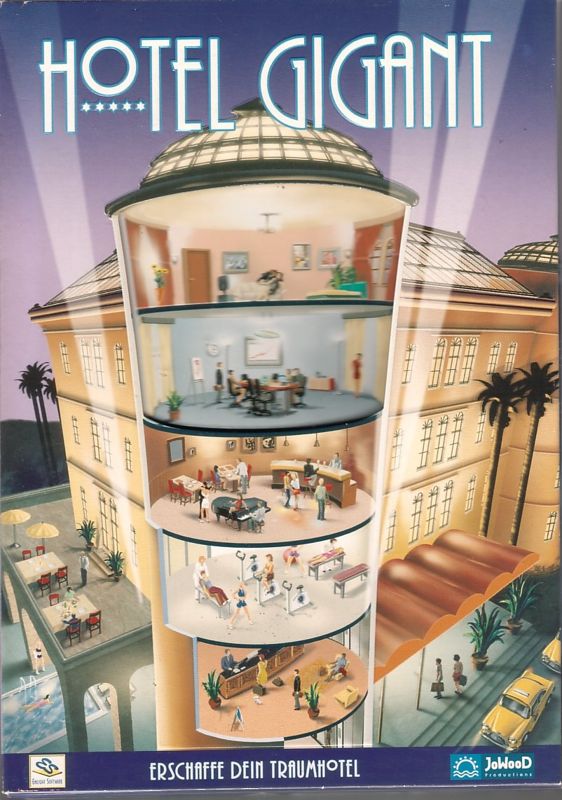
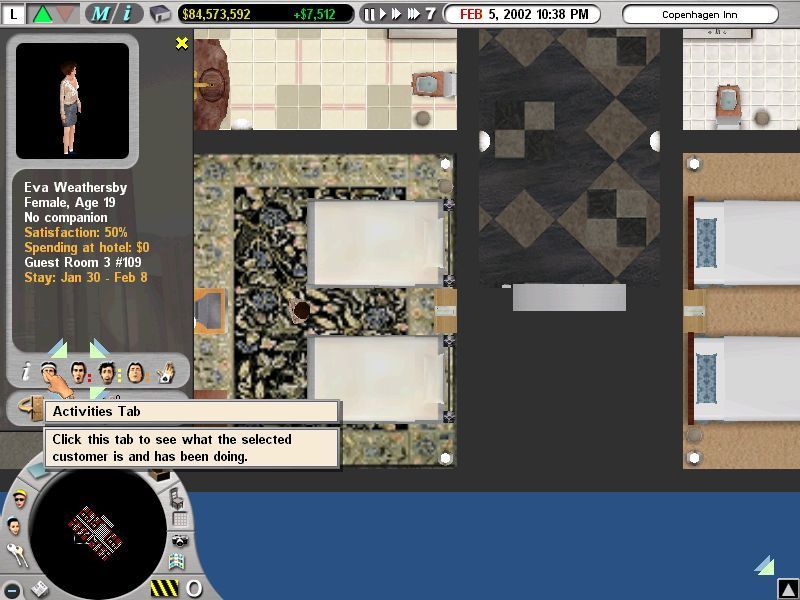
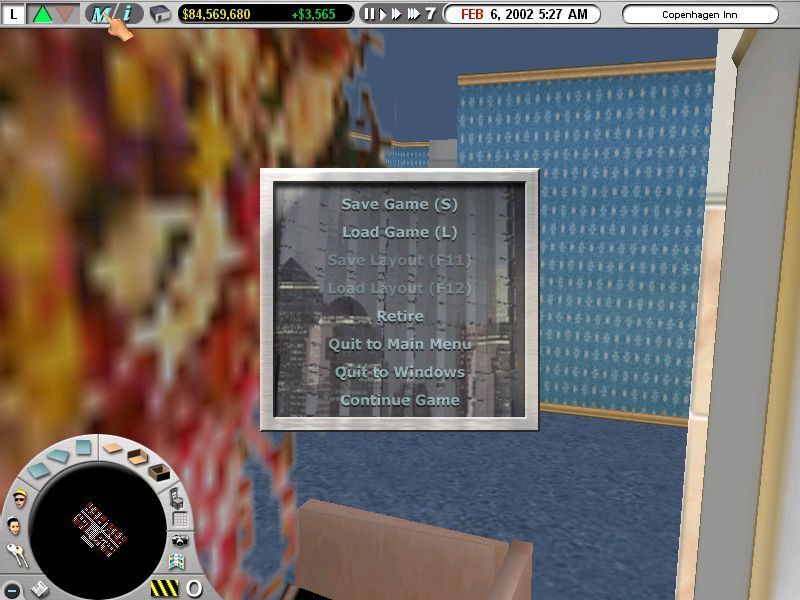

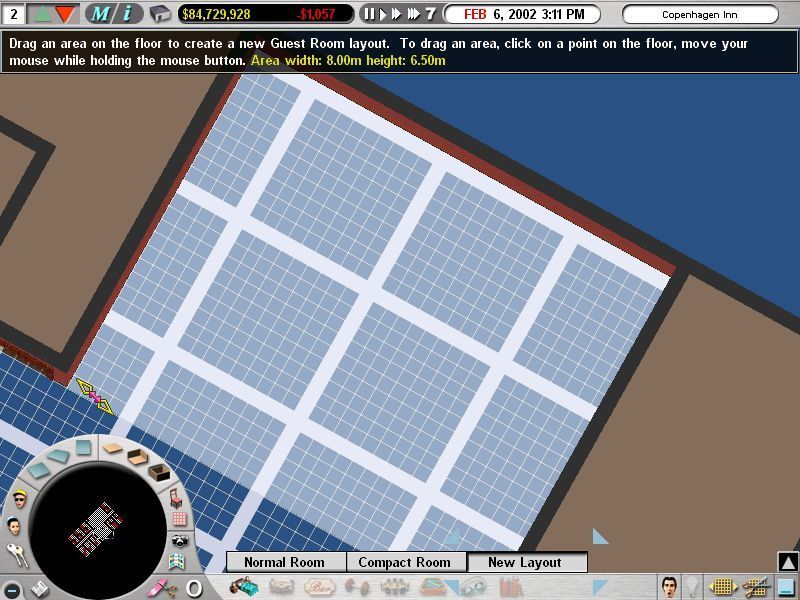
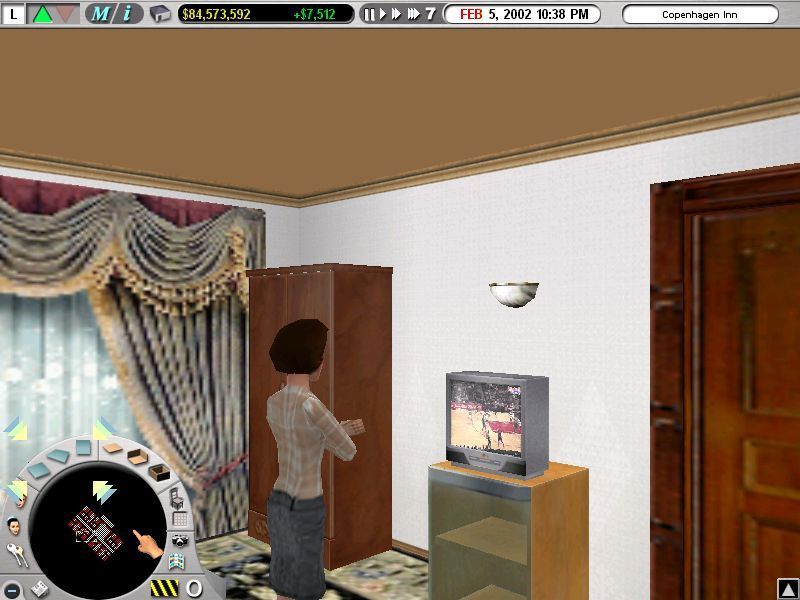



Reviews
There are no reviews yet.